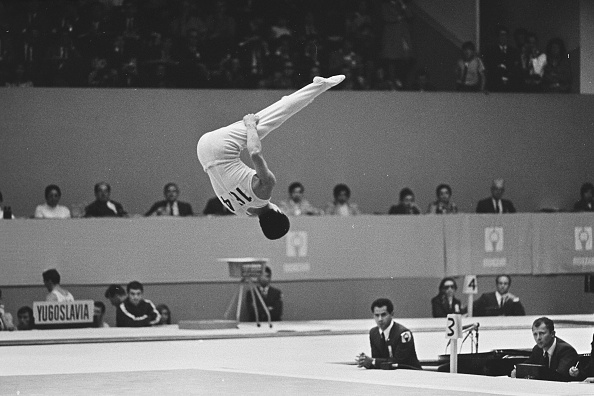1948 was a different time in women’s gymnastics. 15 points as the maximum score for optional routines. Flying rings. Ensemble exercises. No all-around competition.
Let’s take a look at the rules.
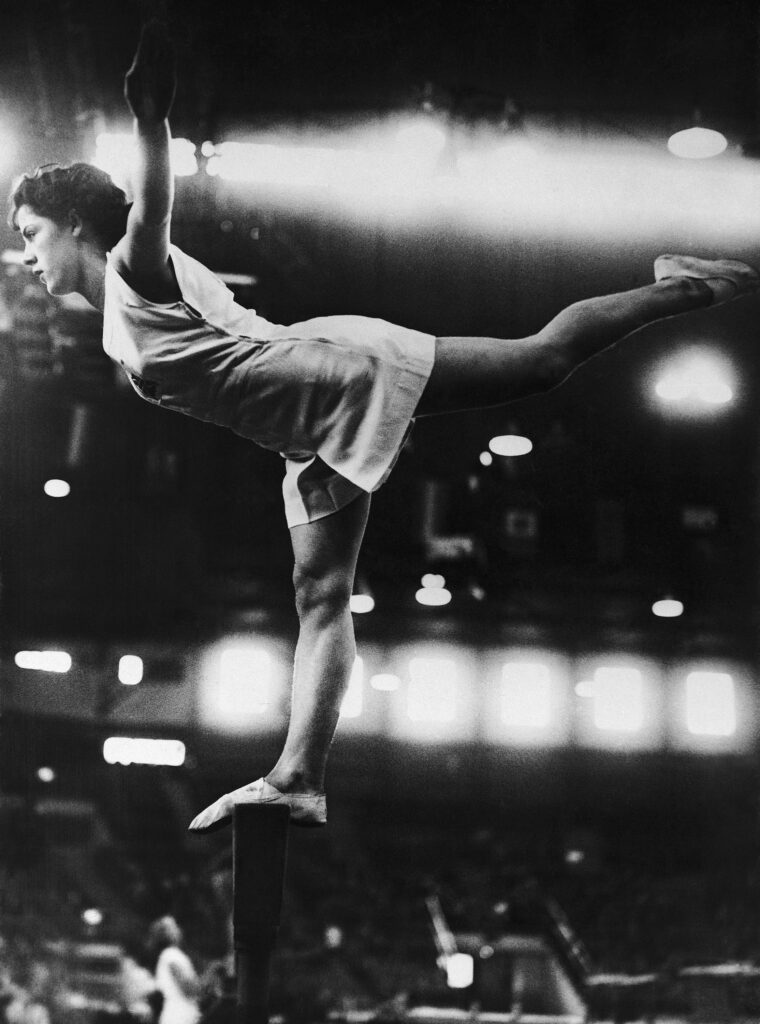
1948 was a different time in women’s gymnastics. 15 points as the maximum score for optional routines. Flying rings. Ensemble exercises. No all-around competition.
Let’s take a look at the rules.

It’s no secret that Marie Provazníková of Czecholoslovakia was one of the first known political defectors at an Olympic Games.
However, what has been lost over the years is the context of her defection, particularly the role that gymnastics played in her desire to seek political asylum.
So, let’s take a closer look at her story, starting with the Sokols in the 1940s.
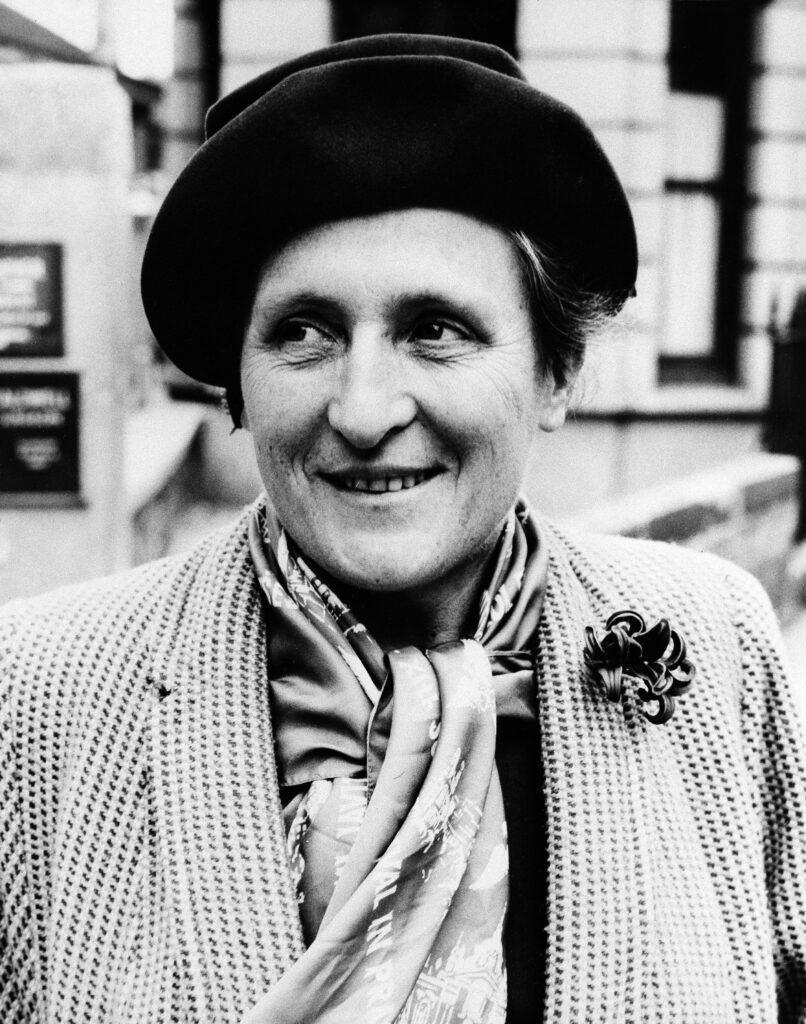
Even before the first modern Olympics in 1896 and even before the first World Championships in 1903, Czech gymnasts had proven themselves to be among the top teams in Europe.
Today, we’ll dive into one competition: the 1889 Fête Fédérale Française de Gymnastique (French Federal Festival of Gymnastics) in Paris.
This competition became a source of pride for the Czech and Slovak Sokols in the twentieth century.
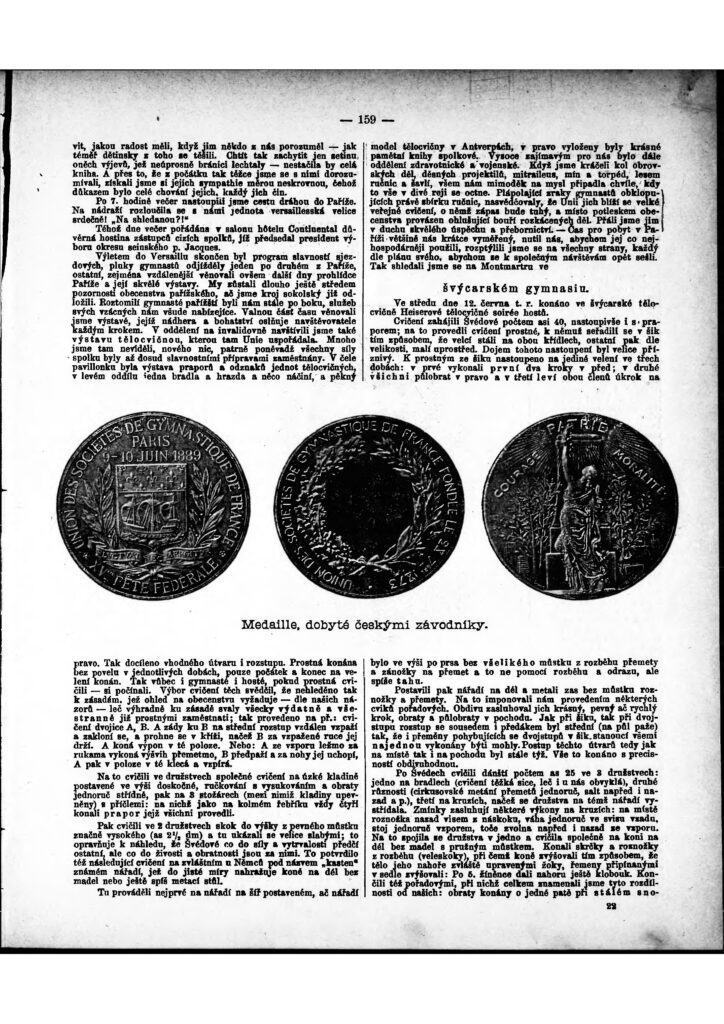
If you’re reading this site, you’re a gym nerd at heart. Now, it’s time to see just how much of a gym nerd you are. Take the quiz below to find out.
History is a matter of perspective, and, by extension, so are gymnastics results. As we’ll see, the women’s event finals were highly contested at the 1968 Olympic Games.
Let’s take a look at what happened…
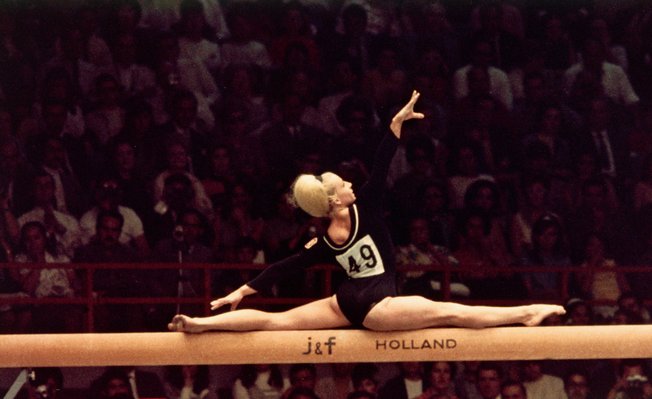
On Wednesday, October 23, 1968, the Olympians in women’s artistic gymnastics competed in the optionals portion of the competition. As far as gold medals were concerned, there weren’t any surprises. The Soviet team was leading after the compulsories, and they ended up with gold. Čáslavská was leading the all-around after compulsories, and she won gold.
But the competition had its fair share of drama, especially on the podium. Let’s take a look at what happened.
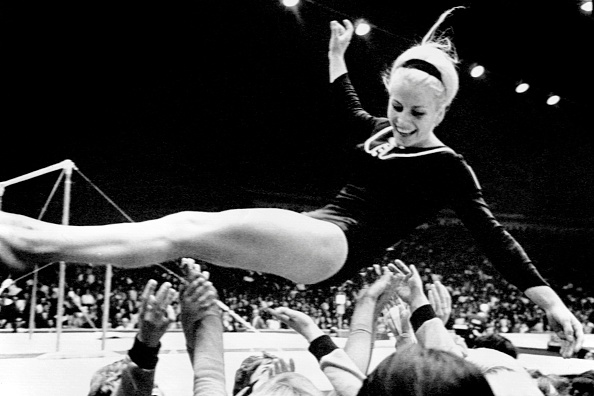
Čáslavská’s beam routine during the optionals portion of the (1B) competition caused quite the stir.
Here are the basics:
There was a lot on the line. These scores counted towards:
Let’s get into the nitty-gritty and discuss how this one routine illustrated so much of the judging dysfunction that existed in the 1960s.

On Monday, October 21, 1968, the women’s compulsories opened the gymnastics competition at the Olympics in Mexico City.
And, as we’ll see, the crowd was very invested in the competition.
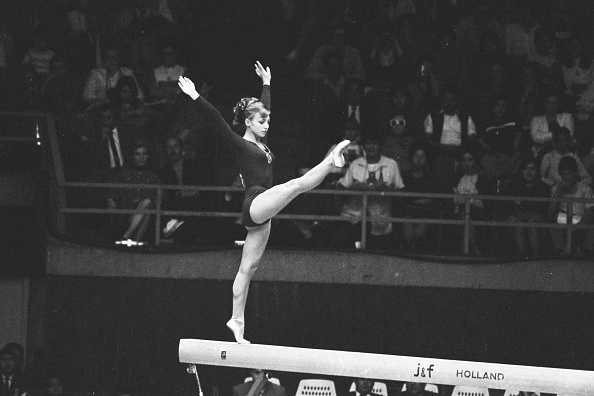
In 1968, the men’s event finals took place on Saturday, October 26, the very last day of competition at the Olympic Games.
Let’s take a look at what happened…
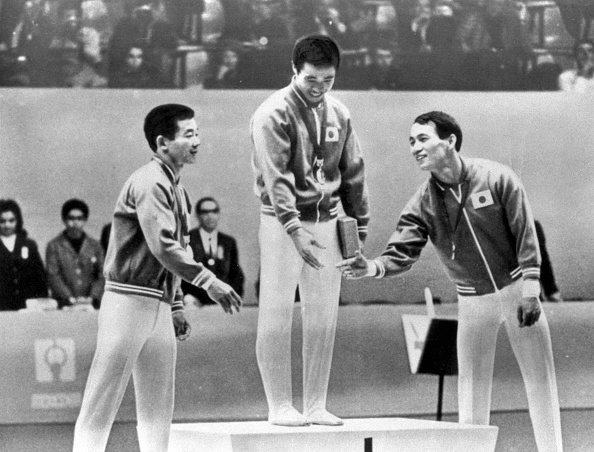
The Swiss newspaper L’Express summarized it best:
Until the last moment, it was impossible to predict who would win the individual all-around victory. However, since the start of the evening, it was certain that the Japanese would win the team competition.
Jusqu’au dernier moment, il était impossible de prédire à qui irait la victoire individuelle. Par contre, depuis le début de la soirée, il était certain que les Japonais l’emporteraient par équipes.
L’Express, Saturday, October 26, 1968
Let’s take a look at what happened.
